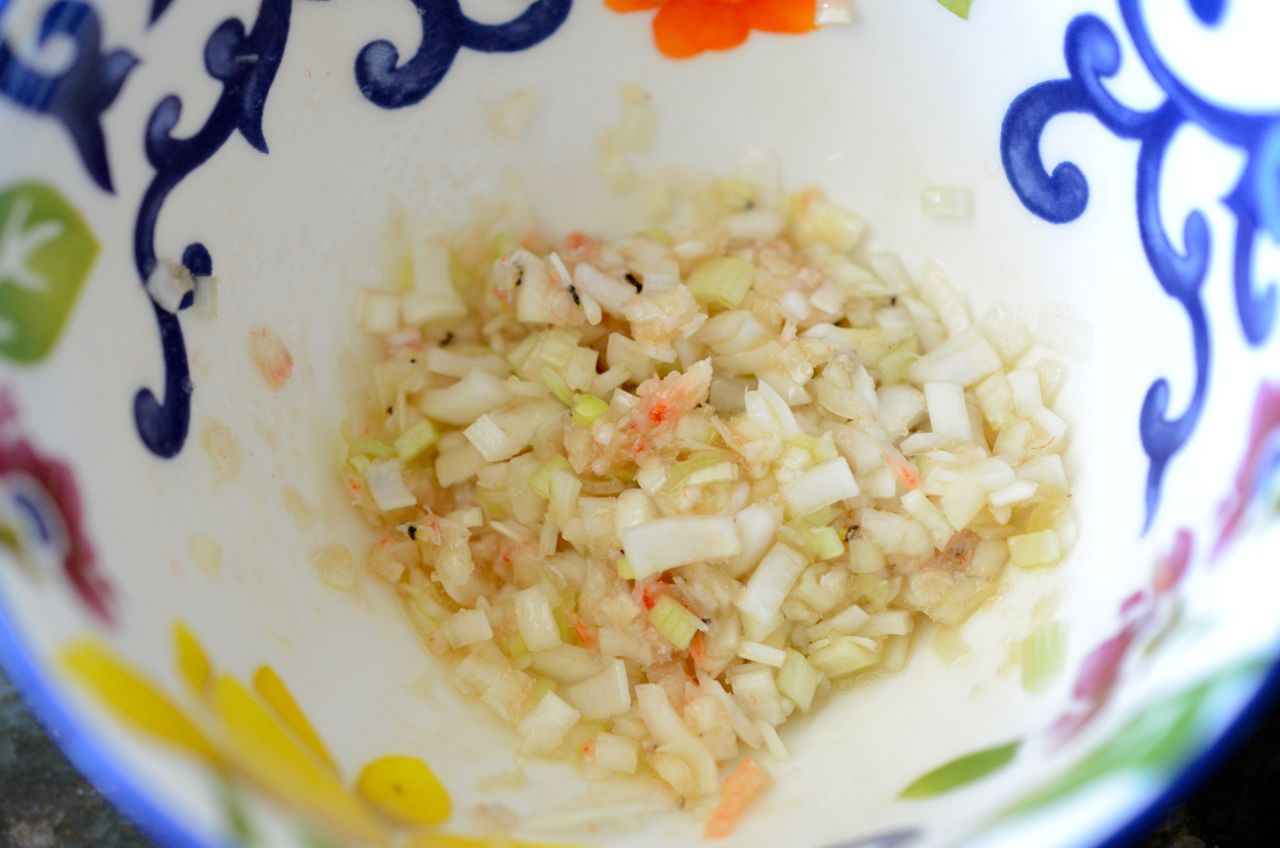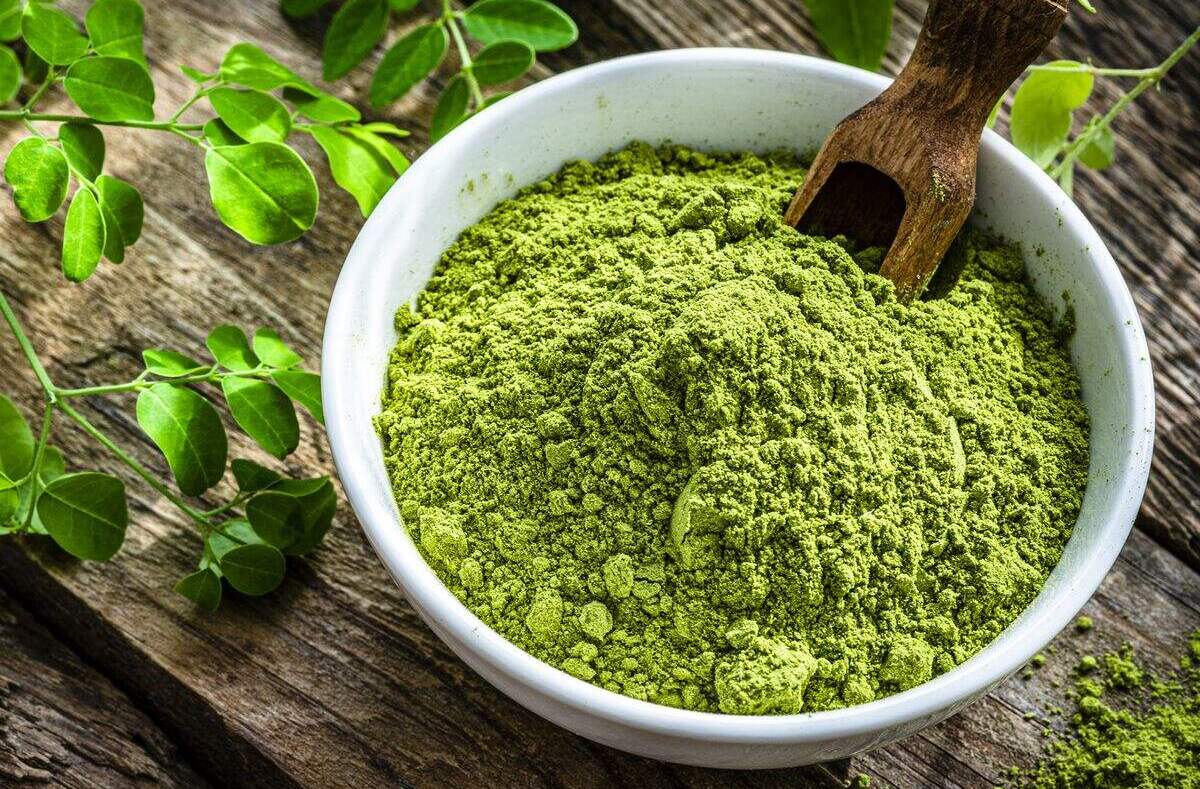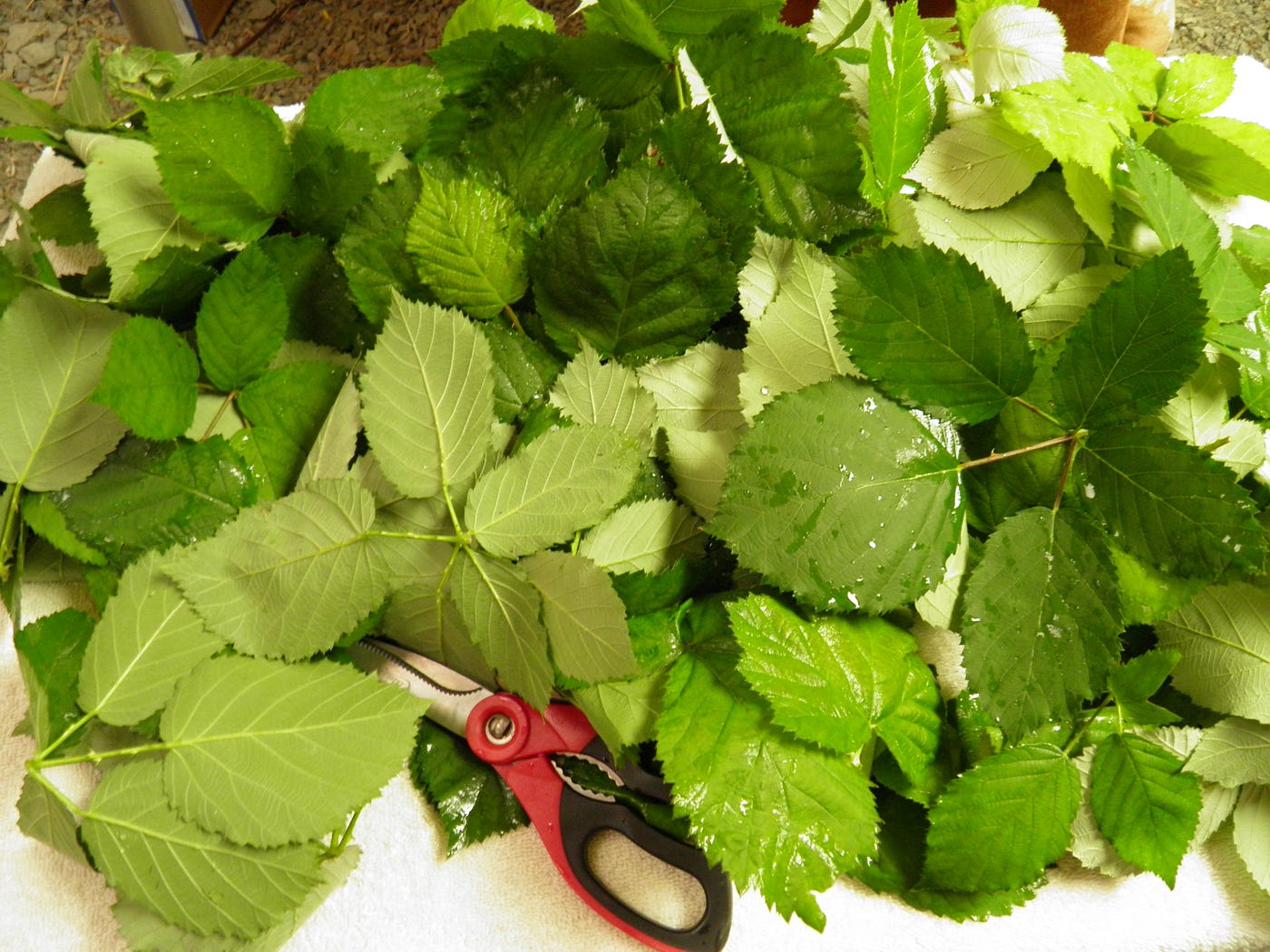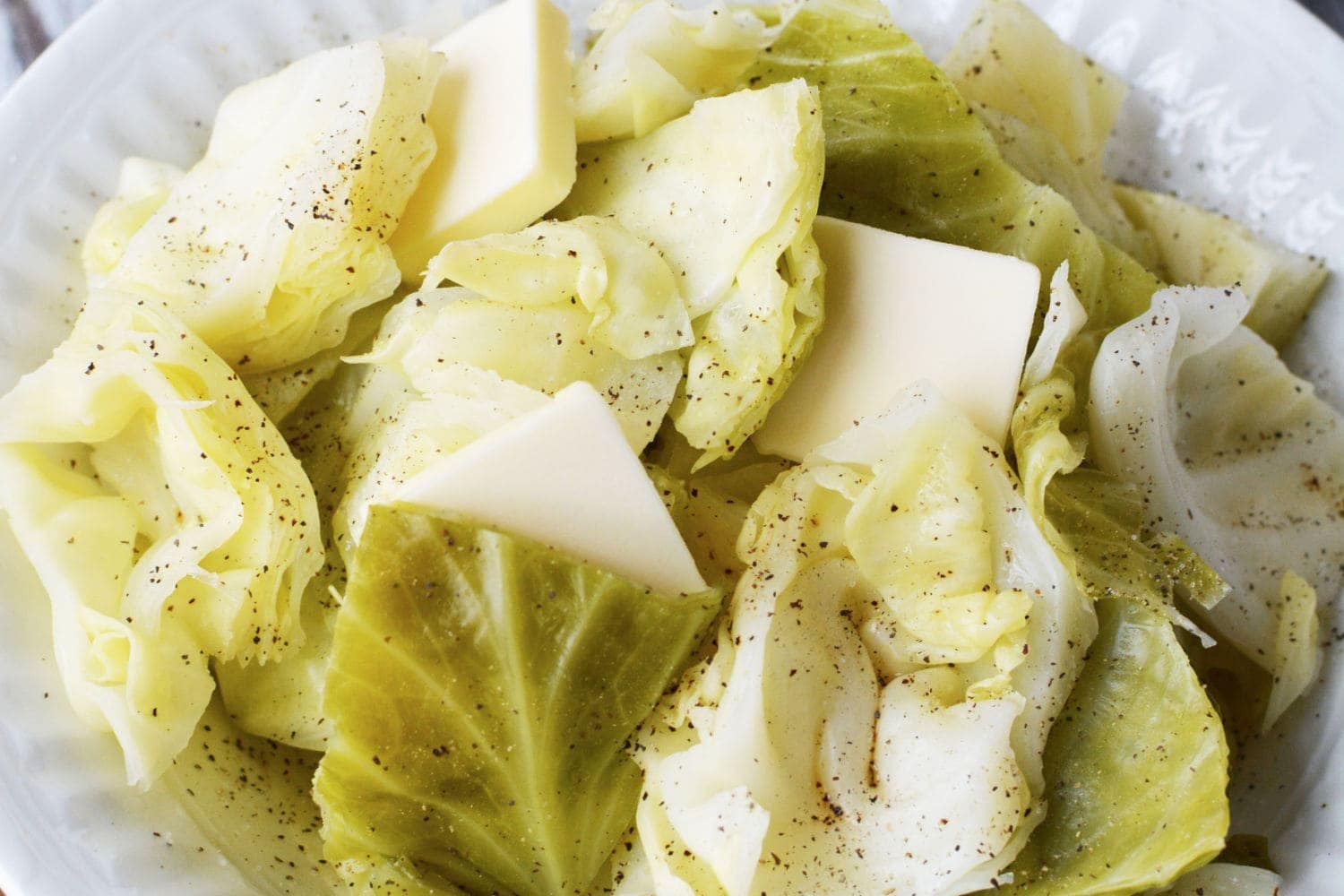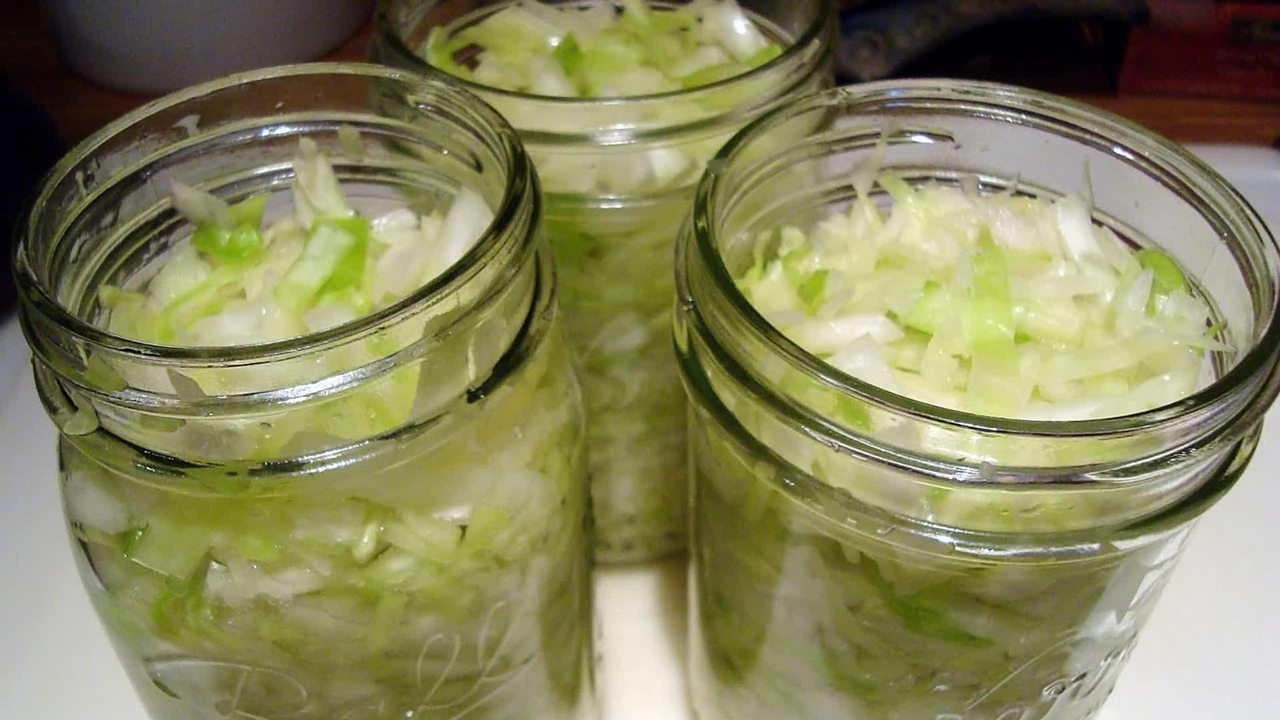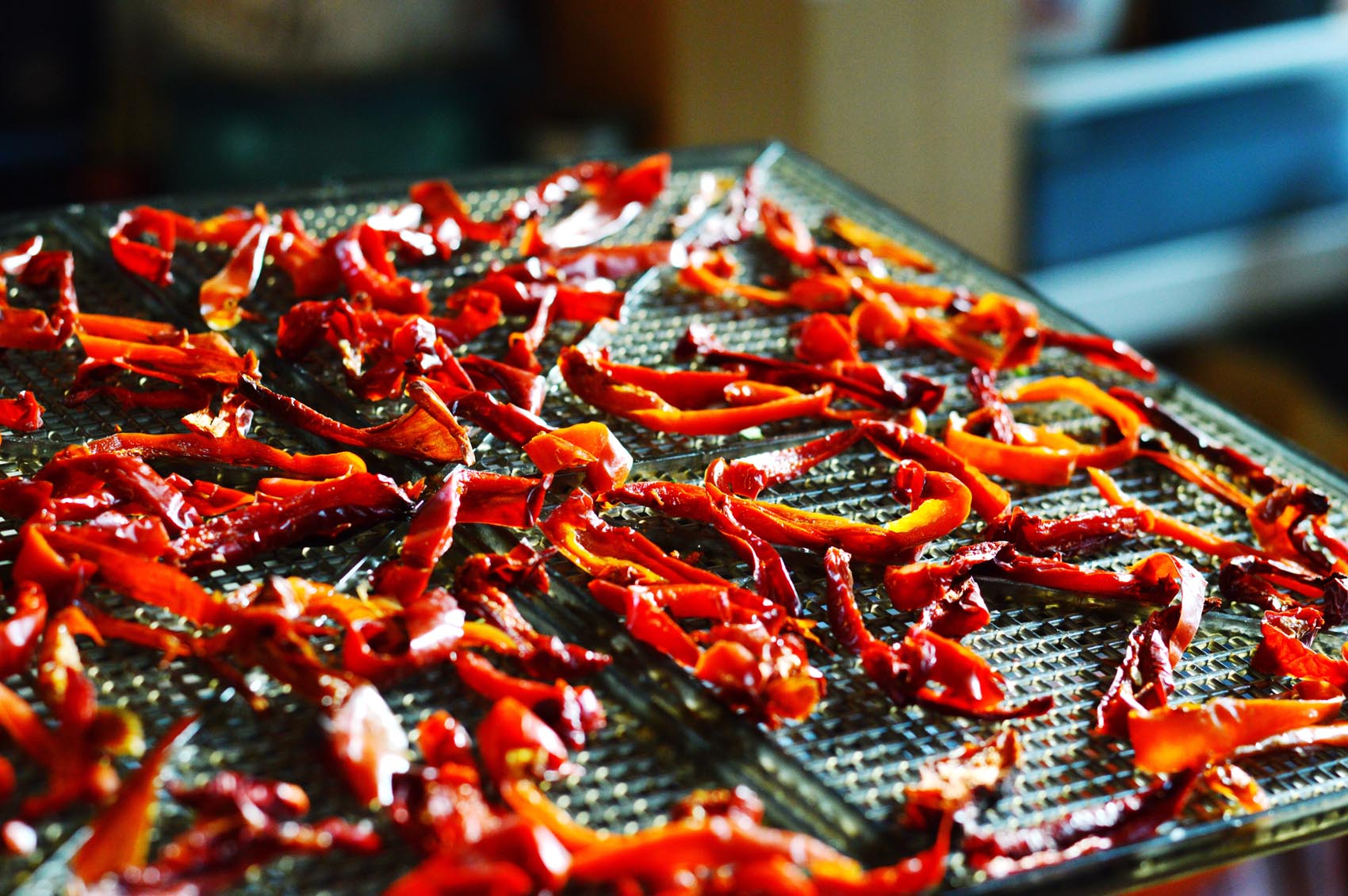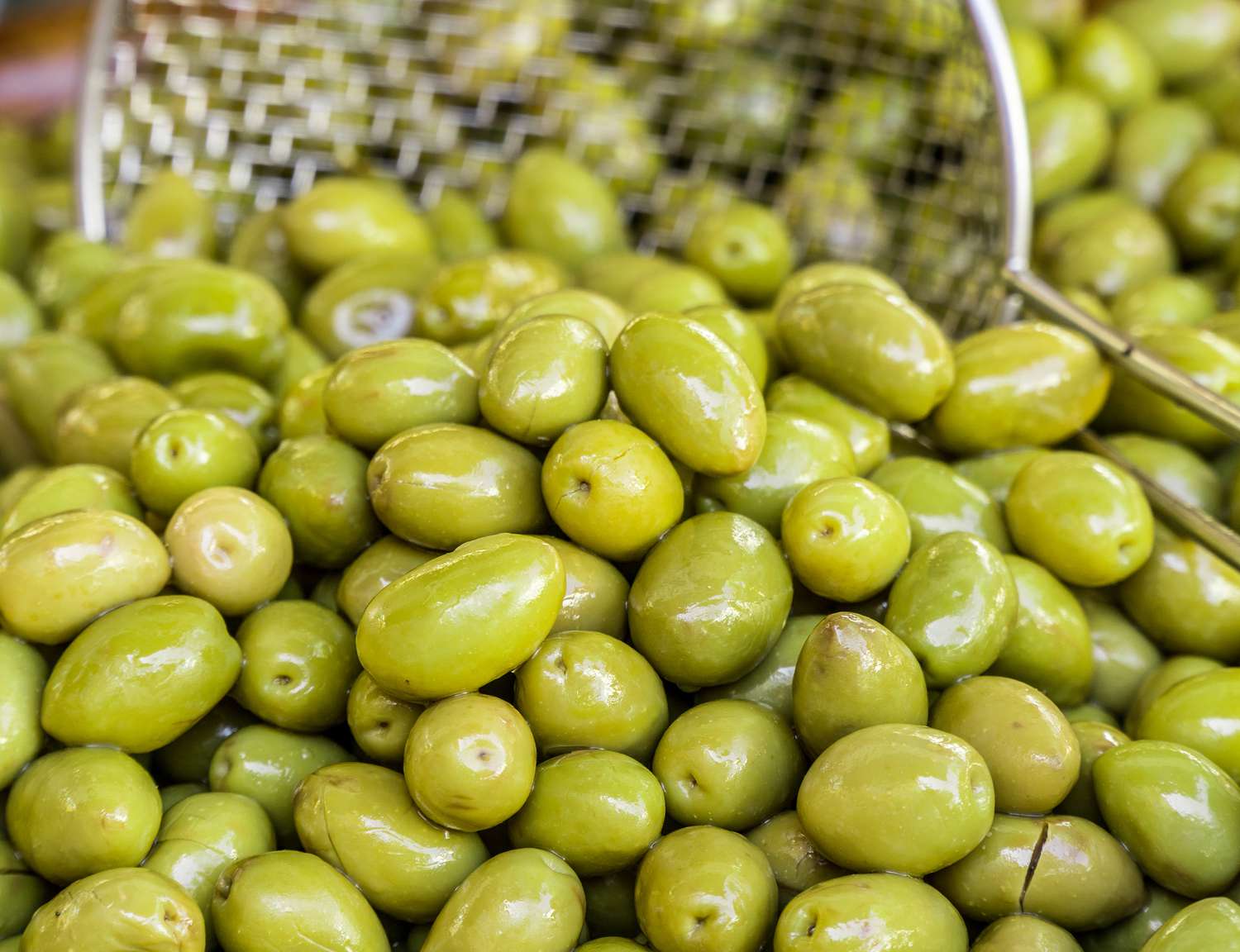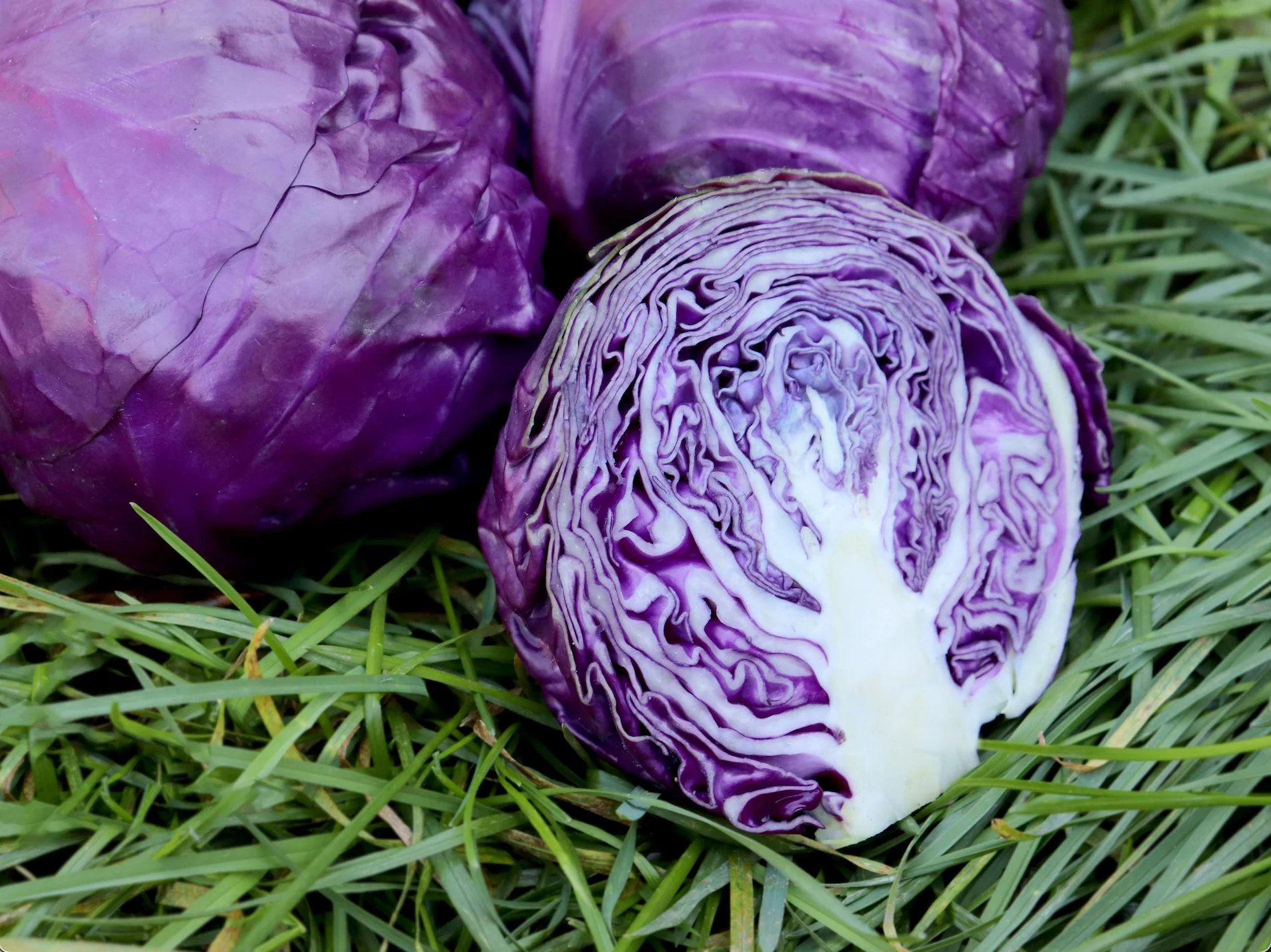Unlocking the Delicious Potential of Fermented Artichokes
Are you a fan of artichokes? Have you ever considered fermenting them to create a unique and flavorful dish? Fermenting artichokes is a wonderful way to preserve their goodness while adding a delightful tangy twist. In this guide, we will explore the step-by-step process of fermenting artichokes at home, so you can enjoy this delicious and nutritious treat.
Why Ferment Artichokes?
Fermentation is a natural process that not only enhances the flavor of foods but also increases their nutritional value. When you ferment artichokes, you are essentially creating a probiotic-rich delicacy that can support gut health and digestion. Additionally, the fermentation process can soften the tough outer leaves of artichokes, making them more palatable and enjoyable to eat.
Ingredients You’ll Need
Before you embark on your fermenting journey, it’s important to gather the necessary ingredients. Here’s what you’ll need:
- Fresh artichokes
- Sea salt or kosher salt
- Filtered water
- Herbs and spices of your choice (optional)
Step-by-Step Guide to Fermenting Artichokes
Now that you have all your ingredients, it’s time to get started with the fermentation process. Follow these simple steps:
- Prepare the artichokes: Begin by trimming the stems and tough outer leaves of the artichokes. Cut them into quarters and remove the fuzzy choke if present.
- Create the brine: In a large bowl, dissolve sea salt or kosher salt in filtered water to create a brine solution. The general ratio is 1 tablespoon of salt per 1 cup of water.
- Combine artichokes and brine: Place the prepared artichokes in a clean, sterilized jar and pour the brine over them, ensuring they are fully submerged. Add herbs and spices for extra flavor if desired.
- Weight down the artichokes: To prevent the artichokes from floating to the surface, place a fermentation weight on top of them. This will help ensure they remain submerged in the brine throughout the fermentation process.
- Fermentation time: Cover the jar with a lid or a breathable cloth and let the artichokes ferment at room temperature for 1-2 weeks. Check on them periodically to ensure they are still submerged and taste them to gauge the level of tanginess you desire.
- Enjoy your fermented artichokes: Once the artichokes have reached your desired level of tanginess, transfer the jar to the refrigerator to slow down the fermentation process. Your fermented artichokes are now ready to be enjoyed as a flavorful addition to salads, antipasto platters, or as a tangy snack on their own.
Tips for Success
As with any fermentation project, there are a few key tips to keep in mind to ensure your success:
- Use fresh, high-quality artichokes for the best results.
- Ensure all equipment and jars are thoroughly cleaned and sterilized before use to prevent contamination.
- Keep the artichokes submerged in the brine at all times to prevent mold growth.
- Experiment with different herbs and spices to customize the flavor of your fermented artichokes.
Now that you have mastered the art of fermenting artichokes, you can impress your friends and family with this unique and delicious creation. Not only are fermented artichokes a tasty addition to your culinary repertoire, but they also offer a host of health benefits thanks to their probiotic content. So, roll up your sleeves, gather your ingredients, and get ready to savor the tangy goodness of homemade fermented artichokes!
Was this page helpful?
Read Next: How To Ferment Apple Juice Into Alcohol

